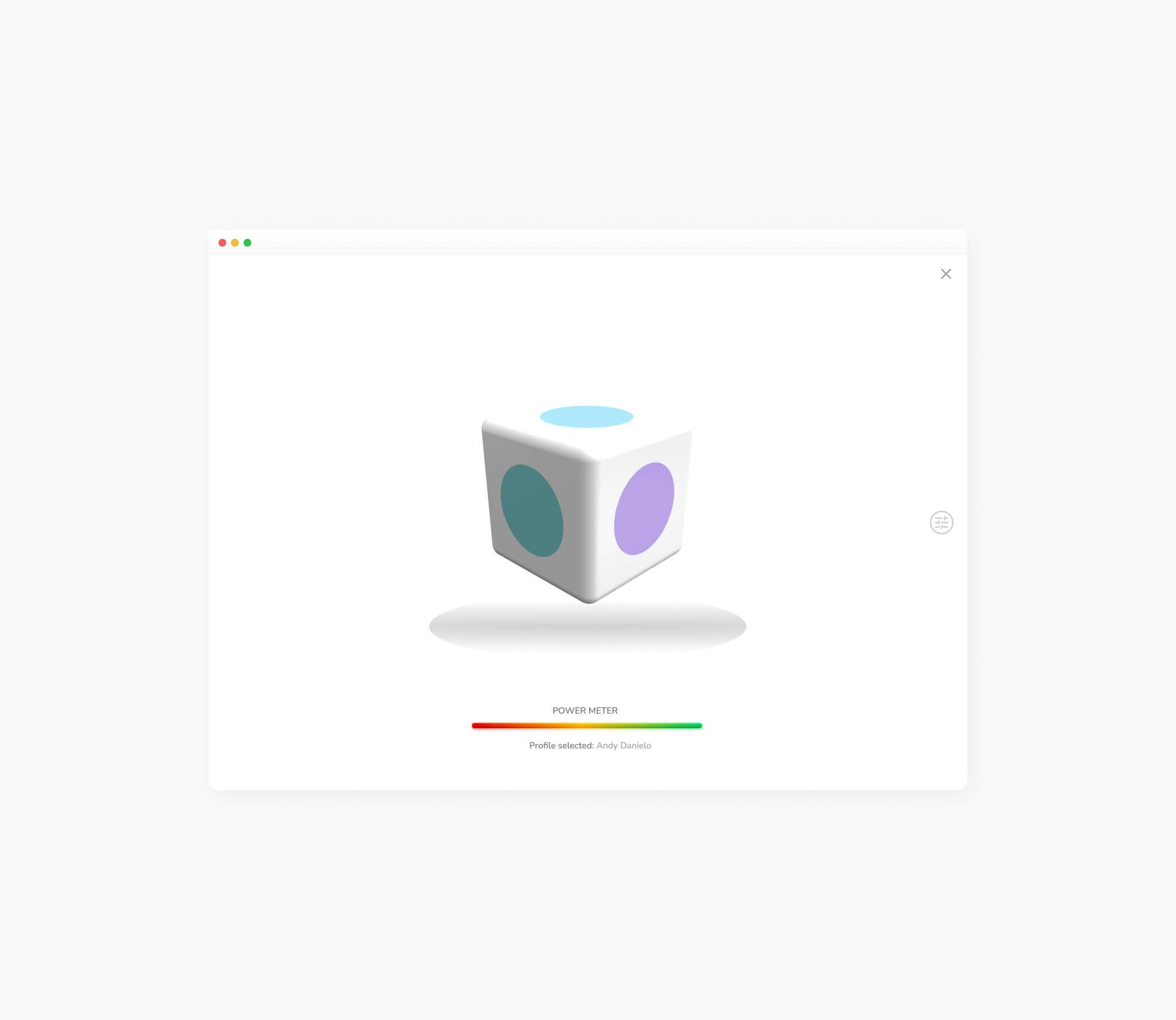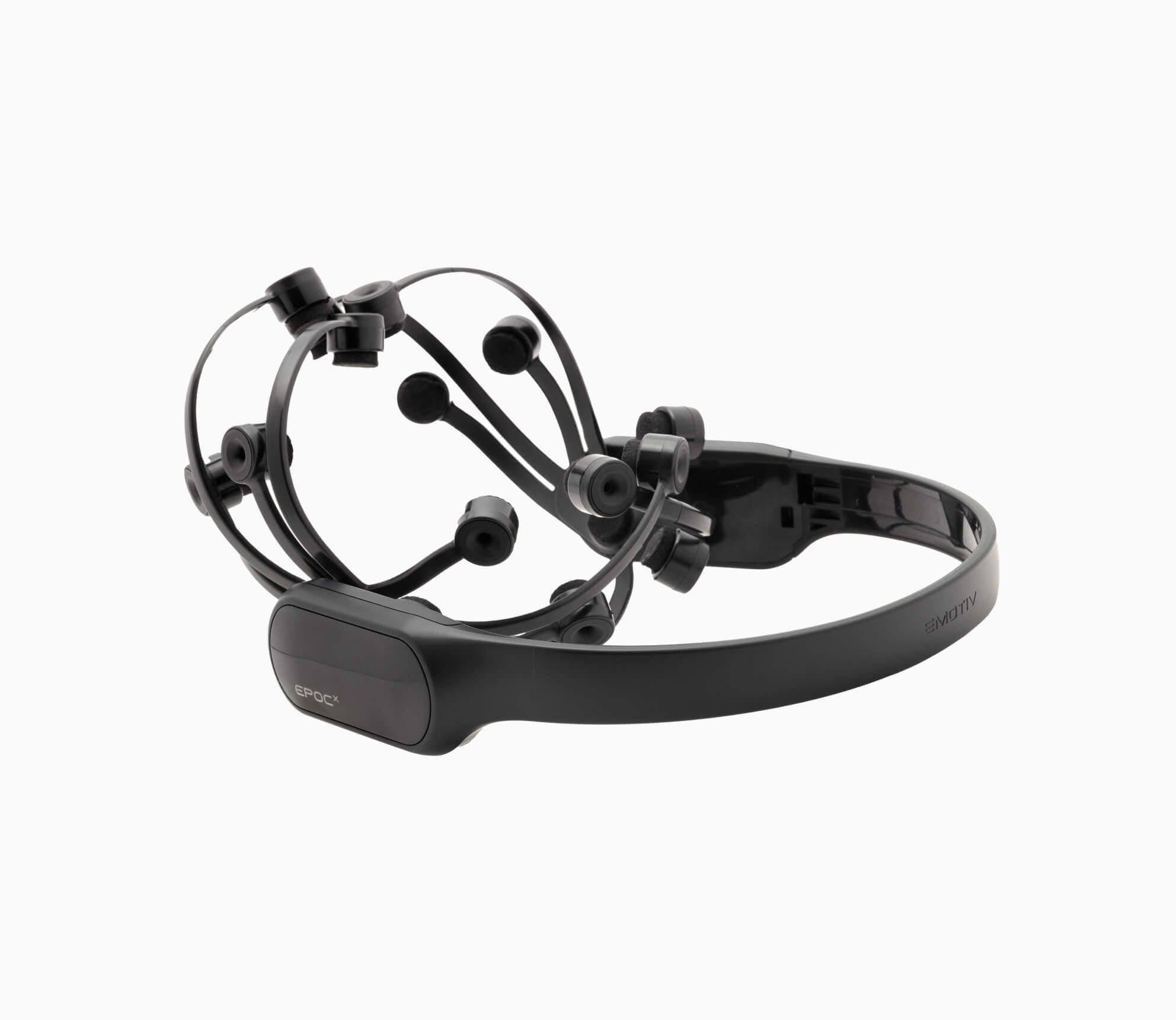Behavioral Neuroscience Definition
The field of Behavioral Neuroscience is the study of the biological basis of behavior in humans and animals. This discipline typically examines the brain’s neurotransmissions and the psychological events associated with biological activity. It is the broader, contemporary development of Physiological Psychology and covers a range of topics, including genetic and molecular biological substrates of behavior, neuropsychology, learning and memory, motivation and emotion, and sensory processes.

Behavioral Neuroscience FAQ’s
What is Behavioral Neuroscience?
Behavioral Neuroscience, sometimes referred to as Biological Psychology, studies the interplay between the brain, behavior, and the environment. Studies driven by rigorously obtained empirical data examine the source of information that creates, controls and coordinates processes such as perception, action, reaction or decision-making. A wide variety of methods, from genetic engineering to Electroencephalography (EEG), are employed to measure the activity in an organism’s nervous system and its relation to a behavioral variable (neuroscience and behavior).
Why is Behavioral Neuroscience Important?
Research studies in the field of behavioral sciences give us the tools to address an array of issues that our society faces by advancing our ability to assess, understand, predict, improve, and control human behavior. Behavioral Neuroscientists’ research has improved our understanding of a range of topics, including, but not limited to, the neurobiology of addiction, aging, sleep, trauma, anxiety, autism spectrum disorder, bipolar disorder, epilepsy, and immune system disorders.
For instance, advanced behavioral neuroscience technology has gathered significant therapeutic data on the neurobiology of addiction. Brain imaging studies from drug-addicted individuals show physical changes in areas of the brain that are critical for judgment, decision making, learning and memory, and behavioral control. Brain imaging techniques such as MRI, fMRI, MRS, PET, and SPECT have identified a reduction in the communication between the brain’s striatum (impulse) and the prefrontal cortex (self-control) in the presence of drugs or other stimuli.
Further insight into the behavioral neuroscience behind these widespread conditions and disorders can aid in the development of more efficient and effective treatment.
Behavioral Neuroscience Methods
Methods of research for Behavioral Neuroscience run the gamut from highly invasive procedures to completely noninvasive techniques. Neurobiology research methods typically fall under the categories of genetic techniques, the disabling or decreasing of neural function, the enhancement of neural function, or the measuring of neural activity. The measuring of neural activity can be accomplished through such technologies as Positron Emission Tomography (PET) imaging, Functional Magnetic Resonance Imaging (fMRI) imaging, and Electroencephalography (EEG) monitoring.
EEG monitoring identifies and records the brain’s electrical activity through electrode sensors placed on the scalp. Voltage changes come from ionic current within and between neurons — an EGG device can amplify and digitize these signals for biometrics processing on a computer or mobile device, where individuals can then study their own cognitive processes to improve their productivity and wellness.
Neuropsychology is a specific discipline related to behavioral neuroscience. Traditional neurology is concerned with the functioning and pathology of the human nervous system, whereas neuropsychology is a more experimental field that aims to understand how behavior is affected by brain (dys)functioning especially after a neurological trauma or disorder is diagnosed.
Behavioral vs. Cognitive Neuroscience
Cognitive refers to thoughts. Behavioral refers to actions. Cognitive Neuroscience is the study of the biological basis of cognition. This field of neurobiology focuses on the neural factors that underline how the brain forms and controls thoughts, including but not limited to such topics as social cognition, consciousness, learning, memory, language, perception, and emotion.
EEG technology such as EEG headsets and EEG caps use an algorithm called a Fast Fourier Transform (FFT) to read raw EGG signals and categorize them as either Theta Waves, Delta Waves, Beta Waves, or Alpha Waves — EEG can then be used in cognitive neuroscience with biometrics gathered from changes in these wave patterns. This neurofeedback can be used to train the brain, harnessing the power of neuroplasticity.
Neuroplasticity, also known as Brain Plasticity, is the brain’s ability to reinforce neural pathways through consistent repetition of thoughts and behavior. The brain is a muscle and, like any muscle in the body, different parts of it can become weaker or stronger based on how it is used. With thorough biometric screening and rigorous neuroplasticity exercises, the brain can be rewired in a variety of fields, including sensory prostheses functions, brain damage treatment, meditation, fitness, and aging.
Methods for studying Cognitive Neuroscience include Electroencephalography, Computational Modeling, Electrocorticography, Functional Magnetic Resonance Imaging, Psychophysics, and Transcranial Magnetic Stimulation.
Neuroscience in Organizational Behavior
Improving wellness, safety, and productivity in the workplace can be an efficient, data-driven endeavor. Analyzing employees’ neural activity can provide unprecedented insights on elements of the work environment that are distracting, which meeting formats are the most effective, and the general stress levels experienced by your team members. Organizations can find a balance between productivity and brain and mental health with EEG monitoring of neurological patterns and determining which methods are conducive to a motivated, safe and healthy professional community.
Current Topics in Behavioral Neuroscience
One example of the use of EEG headsets concerns researching the impact of maternal stress on neurodevelopment in infants. An investigative team conducted testing on the neurodevelopment of 70 two-month-old infants and determined from EEG data that perceived stress in caregivers is significantly and negatively associated with infant spectral power in the Beta and Delta frequency bands.
Researchers concluded from these findings the EEG can be used to identify indicators of risk and resilience in infants. The ability to identify children susceptible to later risk for disturbances in cognition and health could provide the opportunity for early intervention by minimizing maternal stress and buffering the impact on the infant.
For a full report:
https://jamanetwork.com/journals/jamapediatrics/article-abstract/2730067
Does EMOTIV Offer Behavioral Neuroscience Solutions?
Yes, whether for personal analysis of one’s own cognitive functions or for consumer insight on an enterprise level, EMOTIV offers a range of dynamic EEG technology and proprietary machine learning algorithms that provides thorough, real-time bioinformatics.
Safety, Performance, and Wellness, as well as Brain Research and Education, are fields into which scientific researchers, medical professionals, or proactive individuals can delve deeper, aided by accessible, empirical data gathered with EMOTIV EEG headsets.
Some practical behavioral neuroscience use cases include: diagnosing sleep disorders, brain training for ADHD, dementia research, measuring engagement in academic activities, daily self-quantification for health and productivity, and the development of mediation techniques.




